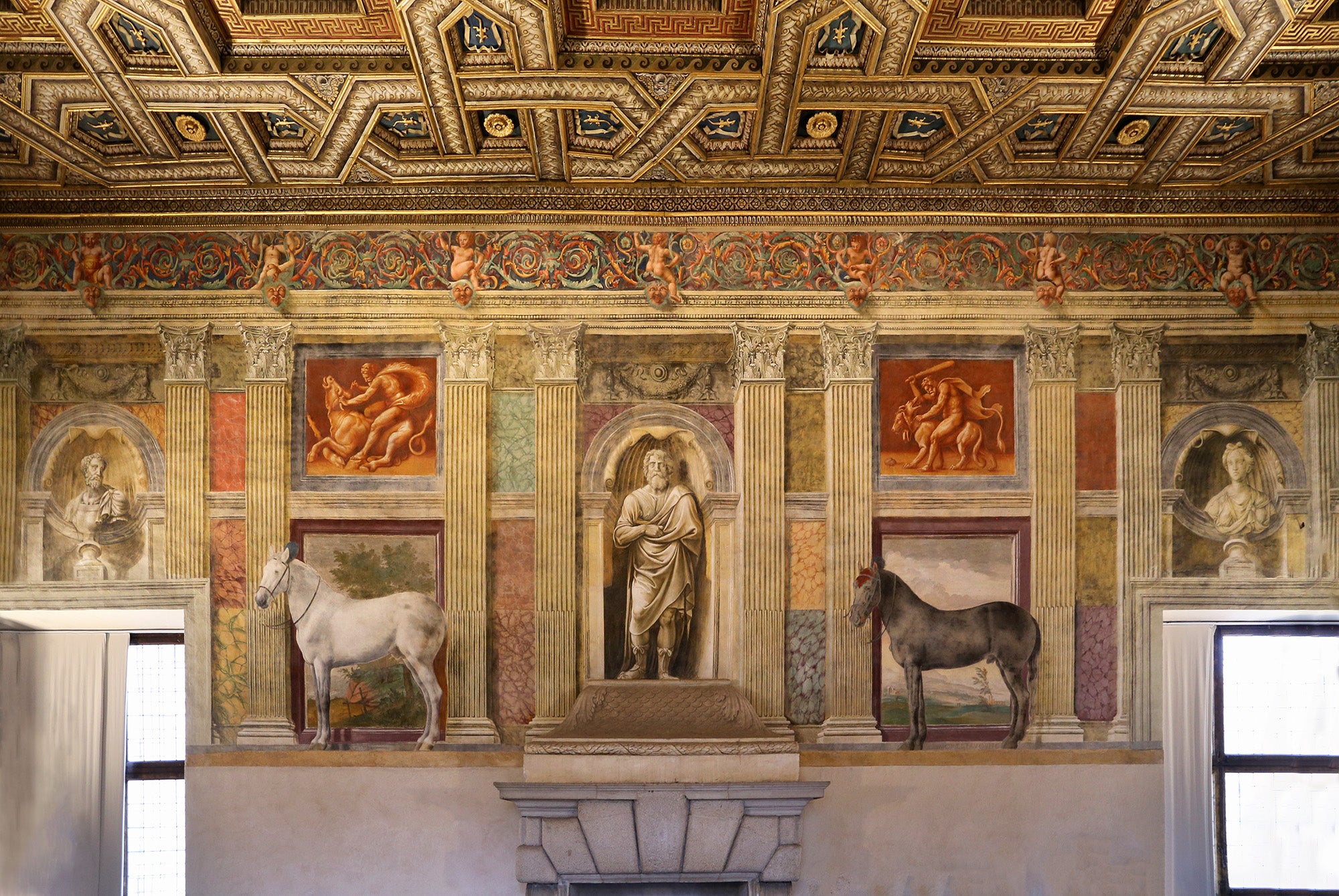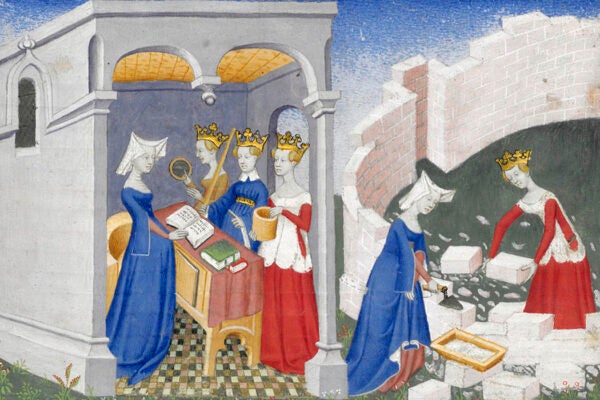“Mannerist architecture is architecture that was strange then and is now.” This was just one of the thoughts Robert Venturi shared in a lecture on architectural history and design given to the Royal Society of Arts on April 8, 1987. At the time, Venturi’s architectural firm, which he led with Denise Scott Brown, was designing the Sainsbury Wing addition to London’s Greek Revival National Gallery.
To agree with Venturi, yes, Mannerism is quite a strange architectural style. It comes at the end of the Renaissance, a period long revered in Western culture. The Renaissance is understood as a time that embodied perfection, when art and architecture reached their aesthetic peak. But at the end of perfection came this blip of imperfection, when things feel a little off. Eventually referred to by art and architectural historians as Mannerism, the designs of the era were everything the Renaissance tried not to be. They were unusual, awkward, and uncomfortable. The Mannerists were interested in breaking some rules.
The Palazzo del Te, designed by Roman architect and painter Giulio Romano c. 1525–35, has become an icon of Mannerist architecture. It was built in Mantua, Italy, to be a prestigious villa for Federigo II Gonzaga, Duke of Mantua.
Mannerist architecture includes the usual familiar architectural forms of the Renaissance, but they’re deployed in unexpected ways (which is not too different from what Venturi and his fellow Post Modernists were doing centuries later). Palazzo del Te’s Court of Honor (Cortile d’Onore) is a prime example of this. Here Romano used all the right elements to reference Classical architecture but without the perfection expected in the work of, say, Filippo Brunelleschi, architect of Florence’s famous Duomo.
In the courtyard, one can see pediments over arched doorways (Renaissance classicism would never pair the two) and the repetition of engaged Doric columns. While there’s a rhythm to the columns, it’s uneven and ignores the equal, regular spacing expected in the early sixteenth century. Those Doric columns support an apparently unstable architrave and frieze, some its triglyphs (the tripartite vertically scored rectangles) seeming as if they’re about to slip and fall to the ground. Many of the windows overlooking the courtyard are blind (filled in)—as part of the design, not because someone decided to block them off later. Niches that seemed destined to hold statues were left deliberately empty.

It’s a structure that makes the viewer momentarily question its stability. The psychological effect of the unexpected and unbalanced is dazzling.
Inside the palazzo, trompe l’oeil paintings continue to create uneasy experiences. In the Hall of Horses (Sala dei Cavalli), horses, including one standing over the doorway, seemingly balance high up on the walls. More crumbling architecture, the result of a battle between the gods and the giants, can be seen in the Hall of the Giants (Sala dei Gigante), considered a masterpiece of Mannerist painting in its own right.

Paula Carabell explains that the hall was “[d]esigned so that architectural and decorative elements combine seamlessly into a single tour de force,” making it a unified space that “surrounds the visitor so completely that it strikes fear in the heart of anyone who enters.”
Giulio created an all-encompassing architectural experience that brings to mind popular contemporary artworks such as Yayoi Kusama’s Infinity Rooms or a TeamLab installation.
Weekly Newsletter
Many historians have made connections between the Palazzo’s del Te’s design and Giulio’s experience growing up in Rome. In their significant 1971 essay on the Palazzo del Te, Kurt W. Foster and Richard J. Tuttle write that “Giulio was able to effectively apply a historical understanding of antiquity formulated in Rome during his early years. Guilio brought to Mantua a generation’s experience in the archaeology of ancient villas and their realization in modern terms.”
While it wasn’t unusual for architects and artists to travel to Rome to study Rome and its ruins, Giulio lived it. He brought an intimacy and appreciation of Roman ruins to his work, as opposed to a formal study of them. Perhaps it’s that unique quality of his work that makes Palazzo del Te an architectural space still celebrated today.







